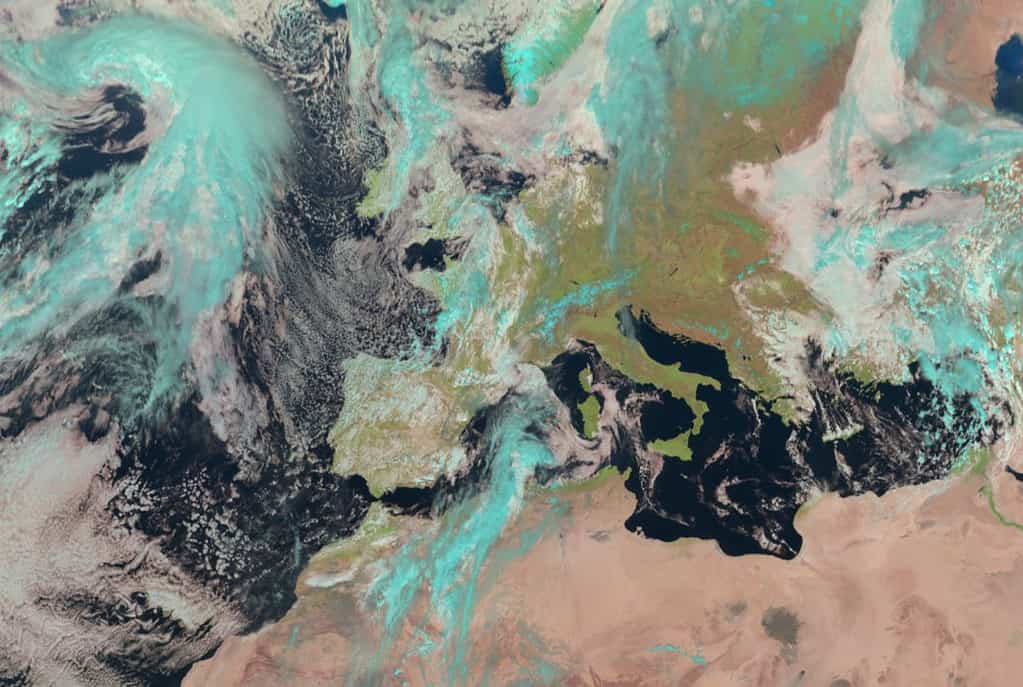Europe’s new weather satellite, the Meteosat Third Generation Imager (MTG-I1), delivered its first view of Earth, revealing weather conditions over Europe, Africa and the Atlantic in impressive detail. Launched in December, the MTG-I1 is the first of a new generation of satellites that is expected to improve weather forecasting.

The wide image of Earth, captured on March 18, 2023, shows most of Northern and Western Europe and Scandinavia blanketed in clouds, with clear skies over Italy and the Western Balkans. Many of the details in this and the other images aren’t clearly visible, or not visible at all, with the instruments on second-generation satellites.
“The level of detail MTG-I1’s image reveals, unachievable over Europe and Africa from a geostationary orbit until now, will give us a greater understanding of our planet and the weather systems that shape it,” Simonetta Cheli, the Director of Earth Observation programs at the European Space Agency (ESA), said in a media statement.
A breakthrough for weather observation
Since 1977, Europe has had its own meteorological spacecraft stationed above the planet. Meteosat-12 is the third iteration in this series and is currently positioned in a stationary location, monitoring Europe, the Middle East, and Africa continuously. It can take one picture every 10 minutes – five minutes faster than the previous version.
The satellite can also capture images in 16 wavelengths of light, four more than the second generation. Thanks to the additional bands of light, it can produce true color images, which closely resemble what the human eye might perceive if viewing Earth from the same location. Hence the impressive first batch of photos it has just sent.

Details such as the snow cover of the Alps, sediment in the water along the coast of Italy, and cloud vortices over the Canary Islands are visible in the images. There’s also a greater level of detail of cloud structures at high altitudes. This is expected to allow weather forecasters to monitor the development of severe weather more accurately.
“That additional detail from the higher resolution imagery, coupled with the fact that images will be produced more frequently, means forecasters will be able to more accurately and rapidly detect and predict severe weather events,” Phil Evans, Director General at Eumetsat, the European agency for monitoring weather, said in a statement.
MTG-I1 is the first of six satellites that form the full MTG system, which will provide data for short-term and early detection of potential extreme weather events. When fully operational, the mission will comprise two MTG-I satellites and one MTG Sounding (MTG-S) satellite. The latter will carry an UV spectrometer and an infrared sounder.
The overall cost of the mission is expected to be about 4.3 billion. This seems like a lot, but having a good meteorological system can actually save a ton of money in infrastructure damage. And this also becomes more necessary as the climate crisis kicks in. Extreme weather events are expected to become more severe and intense in the years to come.






